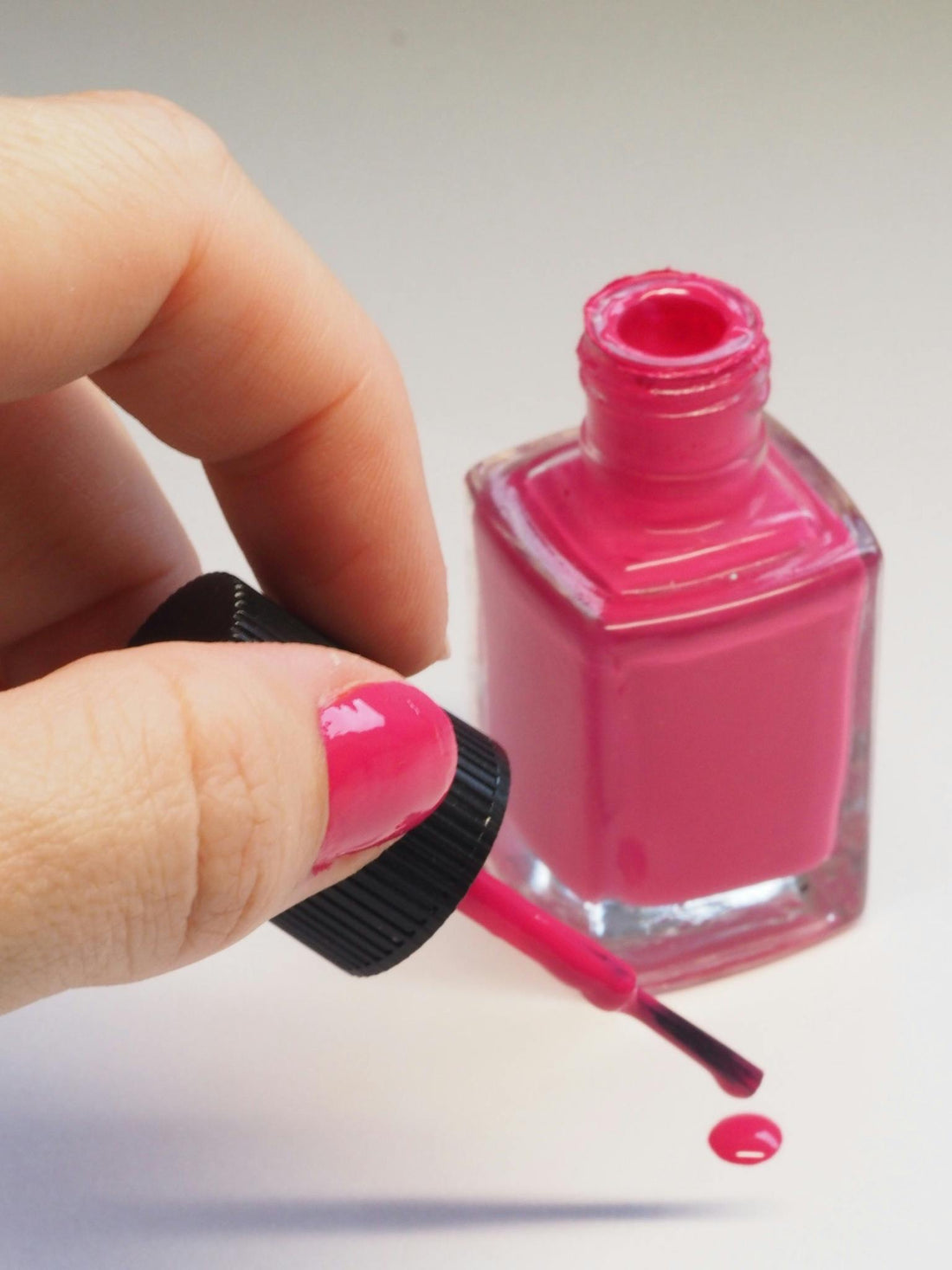
The Truth About Toxins: Harmful Ingredients to Avoid in Nail Products
Share
By Sofia Grant
As a chemist specializing in cosmetics, I’ve spent years studying the ingredients that go into the products we use every day. While the nail care industry has made strides toward cleaner formulations, many products still contain harmful chemicals that can affect our health and the environment. Let’s take a closer look at the toxins you should avoid in nail products and why it’s important to make informed choices.
1. Formaldehyde
What It Does: Formaldehyde is often used as a hardening agent in nail treatments and polishes. While it can strengthen nails, it’s also a known carcinogen.
Why Avoid It: Prolonged exposure can lead to respiratory issues, skin irritation, and an increased risk of certain cancers. Formaldehyde can also make nails brittle over time, causing more harm than good.
Look For: Products labeled as "formaldehyde-free" or those using safer alternatives like formaldehyde resins, which are less toxic.
2. Toluene
What It Does: Toluene helps nail polish achieve a smooth application by acting as a solvent.
Why Avoid It: Toluene has been linked to dizziness, headaches, and nausea when inhaled in large amounts. Long-term exposure may impact the central nervous system and cause developmental harm during pregnancy.
Look For: Nail products labeled "toluene-free" or those that use plant-based solvents.
3. Dibutyl Phthalate (DBP)
What It Does: DBP is used to make nail polish more flexible and less prone to chipping.
Why Avoid It: This chemical has been classified as an endocrine disruptor, meaning it can interfere with hormonal systems. It’s also linked to reproductive health issues.
Look For: Safer plasticizers like citrate esters, which offer similar benefits without the risks.
4. Camphor
What It Does: Camphor is often added to nail polish to create a glossy finish.
Why Avoid It: Inhaling camphor fumes can cause dizziness, nausea, and even seizures in high doses. It’s especially risky in poorly ventilated spaces.
Look For: Polishes that achieve shine using mica or other non-toxic alternatives.
5. Ethyl Tosylamide
What It Does: This chemical enhances nail polish durability and drying speed.
Why Avoid It: Ethyl tosylamide has been banned in the European Union due to its antibiotic properties, which may contribute to antibiotic resistance.
Look For: Formulas without this ingredient, especially if you’re shopping in regions that allow its use.
6. Parabens
What They Do: Parabens are preservatives that prevent the growth of bacteria and fungi in nail products.
Why Avoid Them: These chemicals are potential endocrine disruptors and have been found in trace amounts in human tissue, raising concerns about long-term health effects.
Look For: Products with natural preservatives like vitamin E or rosemary extract.
7. Triphenyl Phosphate (TPHP)
What It Does: TPHP is used to make nail polish more flexible and durable.
Why Avoid It: Studies suggest that TPHP may disrupt hormone function and contribute to metabolic issues.
Look For: Polishes labeled "TPHP-free" or those using plant-derived plasticizers.
How to Identify Safer Products
- Check Labels: Look for certifications like "5-free," "7-free," or even "10-free," which indicate the product is free from common toxins. The higher the number, the fewer harmful ingredients it contains.
- Research Brands: Many brands now prioritize clean formulations. Research their ingredient policies to ensure transparency.
- Use Apps: Tools like Think Dirty or EWG’s Skin Deep database can help you quickly check the safety of nail products.
Why It Matters
Switching to non-toxic nail products is more than a personal health choice—it’s a commitment to protecting the environment and advocating for safer industry standards. Many of these chemicals not only harm our bodies but also pollute waterways and ecosystems.
Final Thoughts
Your nails deserve care that doesn’t compromise your health or the planet. By understanding which ingredients to avoid and seeking out cleaner alternatives, you can enjoy beautiful nails with peace of mind. Let’s prioritize safety and sustainability in every manicure—one bottle of polish at a time.
